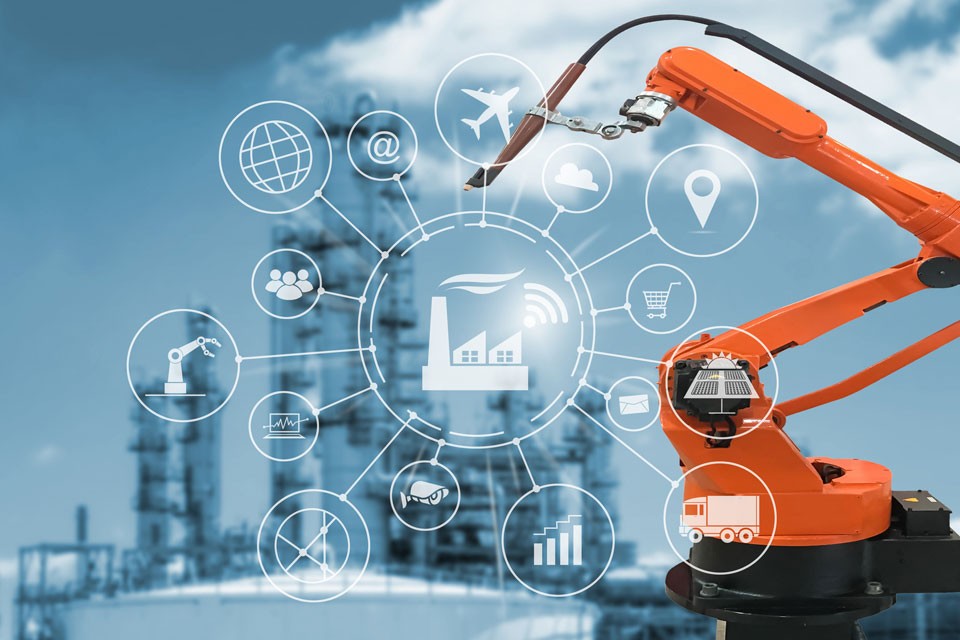Edge computing will become a “must have” in IoT ecosystems

So far, the world of IoT consists of a very heterogeneous landscape. Multiple computing protocols like ZigBee, Z-Wave, Modbus and BACnet have their individual pros and cons and therefore all a right to exist — depending on their individual use case. But in an Internet of Things world, everything and everybody is connected — from consumers in sensor-rich environments to enterprises harnessing new technologies like robotics and machine learning. Since we lack one common language for the IoT there is no way around a solution capable of connecting all these standards. But still, the intelligence will move to the edge of the networks. Devices will interact directly. The cloud remains for analysis.
The central core of any IoT architecture are industrial systems running embedded software. At Accenture Industry X.0, we aim to enable our clients to rapidly create, launch and maintain differentiated connected devices, independently or in support of broader connected IoT solutions. Our service covers the complete software stack of an embedded device including device drivers, kernel services, multimedia, middleware, connectivity and applications. Plus a library of industry- and platform-specific best practices. To complete our offering, the latest addition to our application is the Lemonbeat Technology.
To address the growing demand for digital solutions within the manufacturing industry, Accenture has developed an application connecting all these standards. While the software itself is designed to be platform-independent, a Linux implementation has been already made for the Intel DK300 Gateway. A platform that enables companies to seamlessly interconnect industrial infrastructure devices and secure data flow between devices and the cloud.
Still, more independent device to device interaction, moving intelligence to the “edge” of a network, will become crucial in future installations. Integrating the Lemonbeat Technology into our application was therefore especially interesting. We believe, that in the future, IoT ecosystems will more and more move the intelligence from a centralized cloud server onto the end-user devices themselves. Controlling an IoT installation exclusively via a central unit is always a bottleneck solution. If that central unit fails, the whole system is down. Direct interaction between devices can help making IoT ecosystems more independent, flexible and stable. Lemonbeat enables the direct interaction between devices. Its software stack comes with a whole load of pre-defined services, e.g. interacting state machines, event and calendar functions plus many more features that already enable a broad spectrum of device intelligence to start with.
When the devices finally perform standard tasks themselves, the cloud won’t become obsolete. It will still remain important for the analytics part. Without analytics, the Internet of Things would be like trying to hear a single voice in a crowd of millions. As the pace of edge computing adoption accelerates, it enables deliberate, highly computational dependent business functions to be performed on the device, ultimately leading to more autonomous, responsive behavior. It’s all about enabling machines to play an active part in the world around us.









